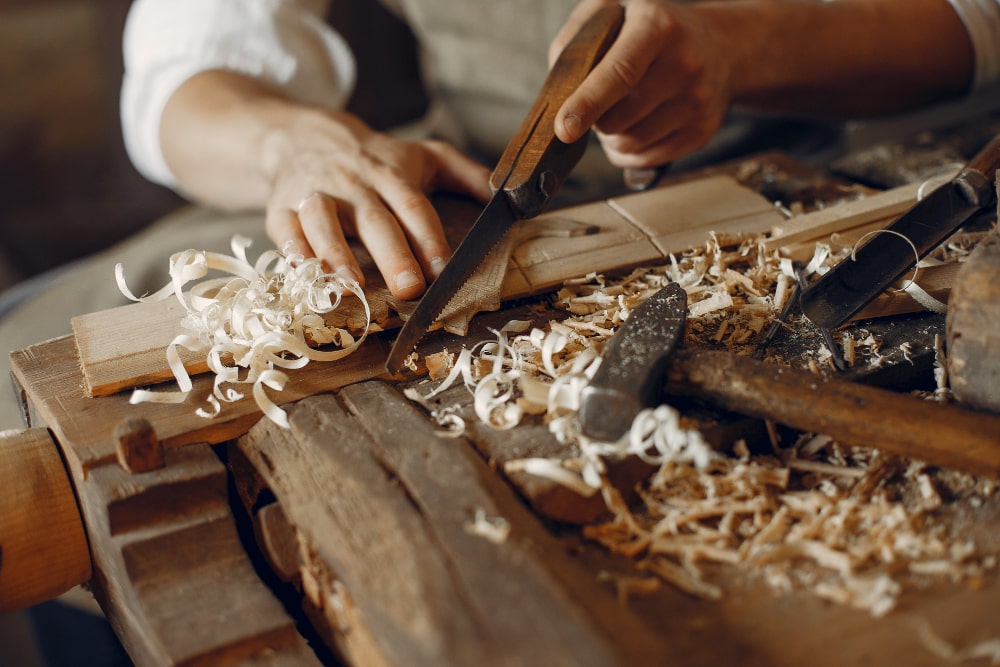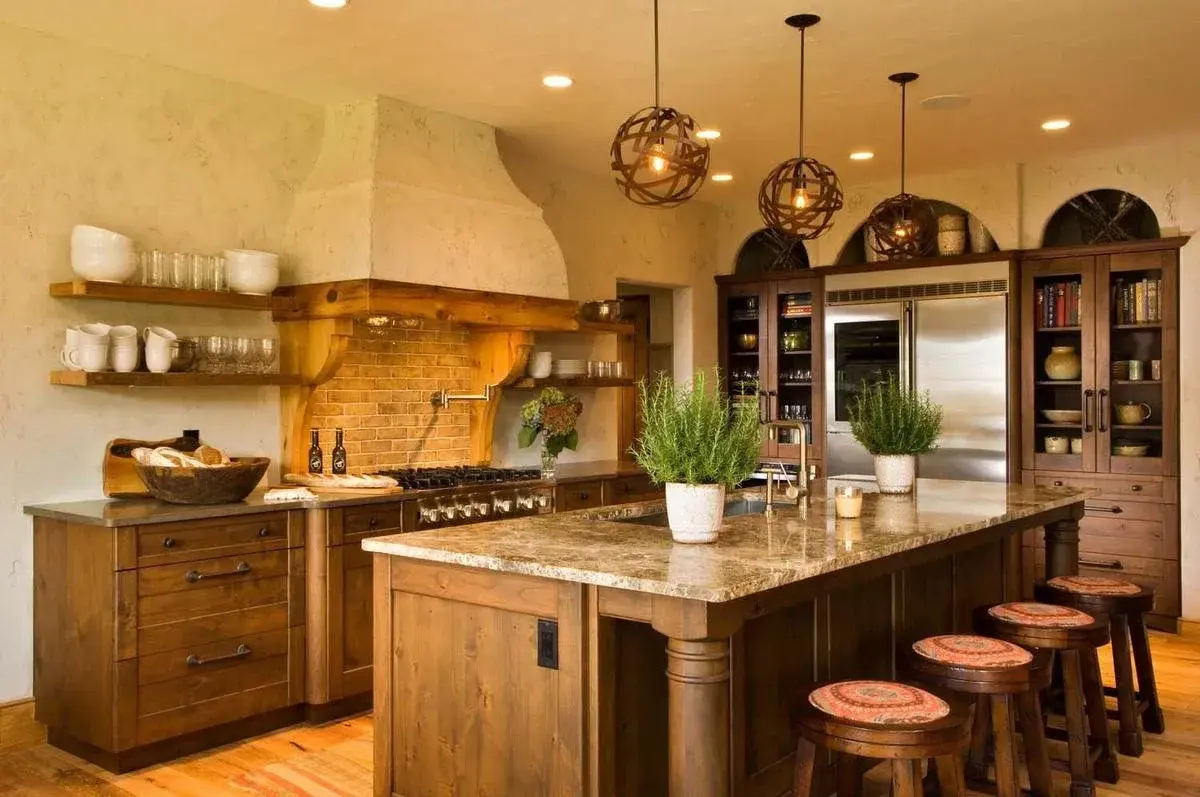Carpentry is a traditional craft that is fundamental to the construction sector and the woodworking industry. It involves shaping and assembling wood to create structures that are both functional and aesthetically pleasing. In the field of carpentry, there are two primary categories: Finish Carpentry and Rough Carpentry. Each of these contributes to the creation of structures that are sturdy, beautiful, and long lasting. Also, when exploring the many aspects of carpentry, consider Point Vertex Construction – a name synonymous with high quality and precision.
In this comprehensive guide, both types of carpentry are examined, including the skills, tools, and expertise needed for each. Moreover, we will explain the differences between rough vs. finish carpentry in detail, as well as some valuable tips to help you complete your projects successfully.
Rough Carpentry: What is it?
An important part of any construction project is the rough carpentry that makes up the structural framework. The rough carpenters are responsible for constructing the framework that provides support and shape to the building. Among the tasks involved are framing walls, roofs, and floors, as well as laying foundations. Carpenters use framing squares, saws, nail guns, and levels as their primary tools. In this particular stage, precision and structural integrity are essential to ensuring the stability of the entire building.
What is Finish Carpentry?
Finish carpentry comes into play once rough carpentry is complete. The purpose of this phase is to ensure that a space is functional, visually appealing, and ready for its appropriate use. Finish carpenters work with materials such as trim, molding, doors, windows, and cabinets with a higher degree of precision and craftsmanship. Their work is instrumental in transforming a structure into a polished living or working environment.
Comparatively to rough carpentry, finish carpentry is characterized by its strong emphasis on aesthetics, symmetry, and detailed design. Also, to ensure flawless execution, finish carpenters often work with more delicate materials, such as hardwoods.

Rough Carpentry vs Finish Carpentry: Key Differences
Finish carpentry and rough carpentry are two sides of the same coin. The rough carpenters lay the foundation and create the basic structure of the project, while the finish carpenters enhance its visual appeal, aiding you in envisioning a space in your home. The success of both categories depends on collaboration and coordination. For instance, accurate rough carpentry is essential to provide a solid base for finish carpenters to work their magic.
-
Scope and Purpose
- Rough Carpentry: As a building’s structural framework, it is responsible for ensuring the stability and safety of a building.
- Finish Carpentry: Assists with the finishing touches that enhance the aesthetics and functionality of a space in order to add the perfect finishing touch.
-
Materials Used:
- Rough Carpentry: A larger and more basic amount of materials such as dimensional lumber and plywood are used in this process.
- Finish Carpentry: Uses finer materials, such as hardwoods, trim, molding, and decorative elements, to create an elegant and sophisticated look.
-
Detail and Precision:
- Rough carpentry emphasizes precision in measurements and assembly. On the other hand, finish carpentry takes meticulous attention to detail to an elevated level, focusing on the finer aspects that yield a polished and refined appearance.
-
Timeline:
- Rough Carpentry: Generally completed earlier in the construction process.
- Finish Carpentry: Carried out toward the end of the project after the rough framing is complete.
Finish Carpentry Tips for Success
- Accurate Measurements:
In finish carpentry, precise measurements are essential. Before making any cuts, ensure that you use quality measuring tools and double-check all dimensions.
- Tools with Sharp Edges:
As well as improving efficiency, sharp tools also ensure cleaner cuts, reducing the risk of splintering or damage to the material.
- Planning Meticulously:
Prior to beginning your finished carpentry project, you should carefully plan your work. As part of this process, it is important to consider the order in which various elements will be installed so that conflicts can be avoided.
- Wood Selection:
Make sure that you choose the right type of wood for your project. When choosing a material, it is important to consider factors such as durability, appearance, and compatibility with other materials in the room.
- Seamless Joints:
It takes precision and practice to achieve smooth joints. Create tight-fitting and visually pleasing joints using mitering and coping techniques.
- Detail Orientation:
Finish carpentry requires attention to small details. If you wish to achieve a flawless finish, you should pay close attention to transitions between materials, edges, and corners.
- Proper Sanding and Finishing:
Prior to applying finishes, it is essential that surfaces are thoroughly sanded. When sanding is done correctly, the surface will be smooth, even, and ready for paint, stain, and varnish to adhere to.
- Patience:
The finish carpentry process requires patience. Making a hasty decision can lead to costly mistakes. Ensure that every detail is correct by taking your time.
- Continual Learning:
The techniques and trends in carpentry are constantly evolving. Continuously improve your finish carpentry skills by staying up-to-date with new methods, tools, and materials.
It Is Important To Hire The Right Carpenter?
- When searching for a carpenter to complete your project, keep in mind that professional carpenters must be proficient in the following areas:
- Ability to communicate effectively with subcontractors, homeowners, etc.
- It is becoming increasingly important to have computer skills as more and more tools become computerized.
- It is important to have detailed-oriented skills in order to take precise measurements.
- Skills related to hammering, such as maintaining a straight nail and ensuring that the job is neat and clean when complete.
- In order to take proper measurements and read blueprints, they must possess mathematical skills.
- A carpenter never works alone; they must be able to work with others for a long period of time.
- In order to work with architects, they must be familiar with CAD (computer-aided design) software.
Now that you know the difference between finish carpentry vs. rough carpentry, we would like to ask you: Are you interested in transforming your construction project into a work of art? No matter if you require rough carpentry to lay a solid foundation or finish carpentry to add the perfect finishing touches to your bathroom or kitchen remodeling project, Point Vertex Construction has the expertise to bring your vision to reality.
So take a moment to visit our website if you want to learn more about the services we offer, or contact us today to get started! We look forward to building a future of excellence together.




